An Open Universe
Click on image for full size
STScI
An Eternal Universe
If the universe does not contain enough matter to stop its expansion it will continue to expand forever.
Using the currently understood laws of physics we can project into the future what the Universe may look like in very distant eras. Two astrophysicists at the University of Michigan have outlined the future history of the Universe.
They have divided the future into Eras. The current Era is known as the Stelliferous or Star-Filled era. In this era the Universe is filled with stars and galaxies and planets as it is today. At the end of this era all stars have exhausted their fuel and have died leaving behind only remnants of their once glorious era.
The next era is known as the Degenerate era. In this era the universe is made of dead planets, brown dwarfs, white dwarfs, nuetron stars, black holes, and some theoretical forms of dark matter. At the end of this era all protons, which compose the nuclei of all atoms, disintigrate.
The next Era is the Black Hole era because black holes will be the only gravitaionally important objects left in the universe. However, Black holes do not last forever. They evaporate by a strange radiation process.
After that the Universe shall be composed of only radiation and particles which have an infinite lifetime such as electrons, positrons, and neutrinos. From this point on interesting things might continue to happen but we have reached the limits of our knowledge.
You might also be interested in:
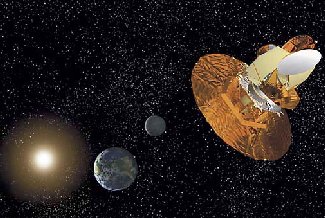
There is a radiation that fills the universe, called Cosmic Microwave Background Radiation (CMB). CMB radiation is the heat left over from the time after the Big Bang, when the universe was really hot!
...more
Some of the best news of the week is that the Microwave Anisotropy Probe (MAP) was launched successfully last Saturday! Liftoff on its Delta II rocket occurred on time on June 30, 2001. The MAP teams says
...more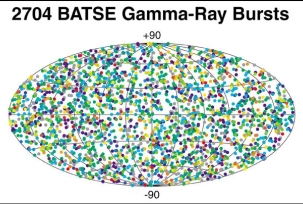
In the 1960's, the United States launched some satellites to look for very high energy light, called Gamma Rays. Gamma Rays are produced whenever a nuclear bomb explodes. The satellites found many bursts
...more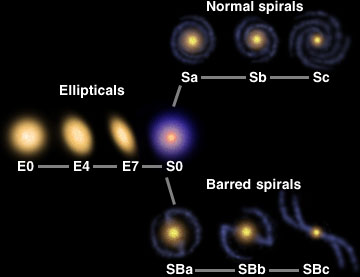
During the early 1900's, which is not very long ago, astronomers were unaware that there were other galaxies outside our own Milky Way Galaxy. When they saw a small fuzzy patch in the sky through their
...more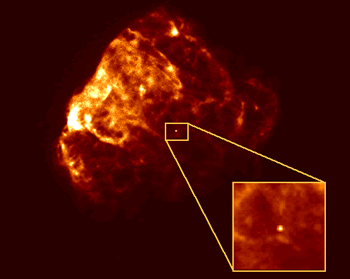
Neutron Stars are the end point of a massive star's life. When a really massive star runs out of nuclear fuel in its core the core begins to collapse under gravity. When the core collapses the entire star
...more
Spiral galaxies may remind you of a pinwheel. They are rotating disks of mostly hydrogen gas, dust and stars. Through a telescope or binoculars, the bright nucleus of the galaxy may be visible but the
...more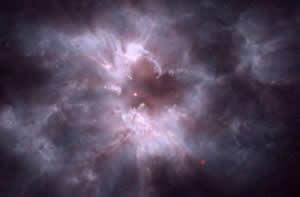
When stars like our own sun die they will become white dwarfs. As a star like our sun is running out of fuel in its core it begins to bloat into a red giant. This will happen to our sun in 5 Billion years.
...more














